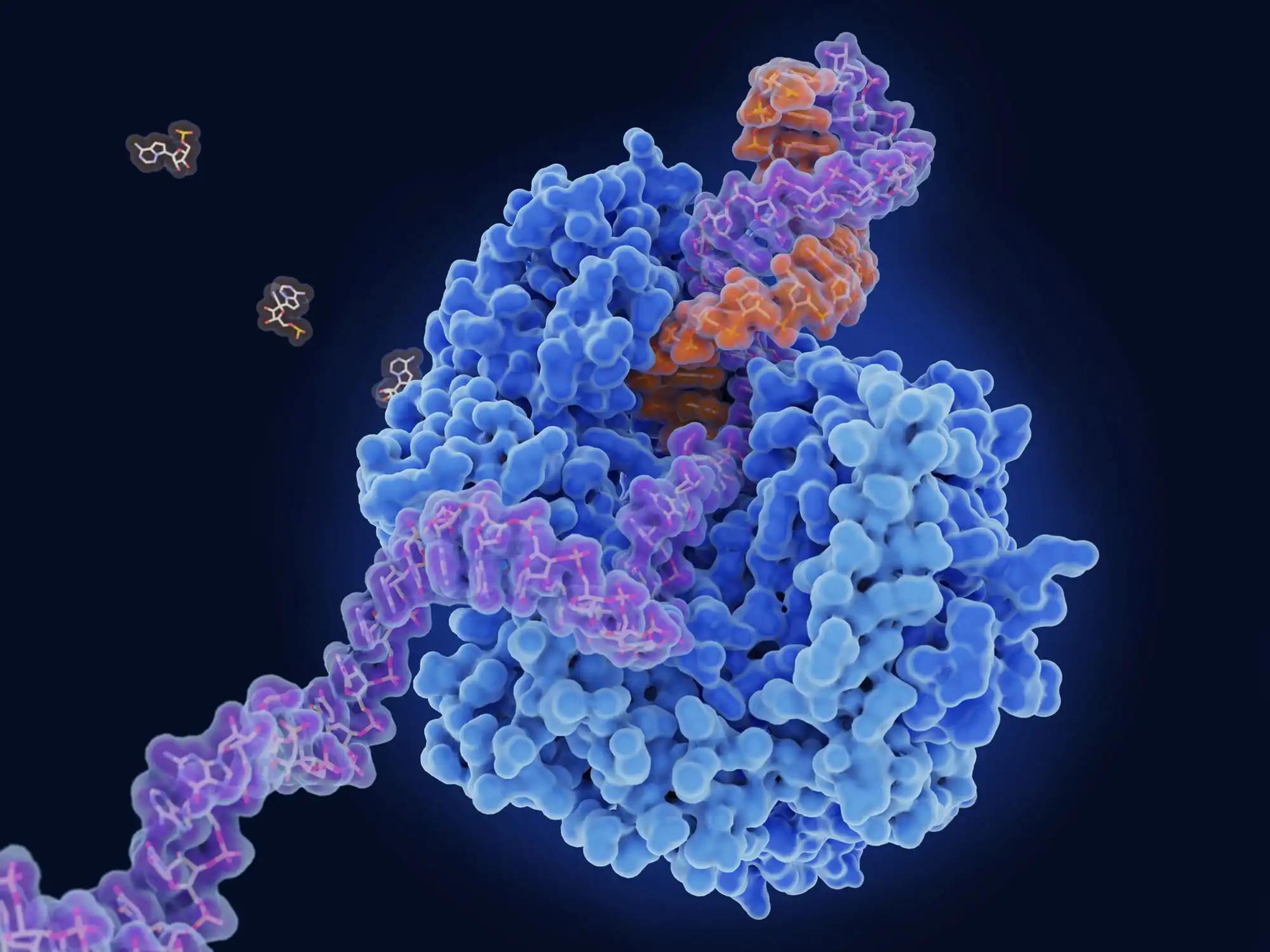KEY TAKEAWAYS
- The observational trial aimed to investigate the efficacy of a limited sampling MIPD protocol for optimizing busulfan TDM in pediatric HSCT patients.
- Researchers established an efficient MIPD protocol for pediatric HSCT, aiming to minimize blood sampling and improve busulfan’s TDM, thereby reducing patient and healthcare burden.
The integration of therapeutic drug monitoring (TDM) in busulfan dosing significantly enhances outcomes in hematopoietic stem cell transplantation (HSCT), particularly in pediatric patients. Model-informed precision dosing (MIPD) with limited sampling has the potential to improve busulfan’s TDM efficiency.
Khalil Ben Hassine and the team aimed to focus on developing an optimal limited-sampling MIPD protocol that could be used for the TDM of once (q24h) and 4 times (q6h) daily administered busulfan prior to pediatric HSCT.
They performed an inclusive analysis by generating a simulated pharmacokinetic dataset of 10,000 individuals from a previously developed PopPK model using Phoenix™ NLME software. The dataset was filtered to create sub-datasets with various limited sampling schemes.
The area under the concentration-time curve (AUC) calculations, including AUC0-24h and cumulative AUC (cAUC0-∞), were conducted using Bayesian maximum a posteriori (MAP) estimation. Evaluation of accuracy and precision utilized relative mean prediction error (MPE%) and root mean squared error (RMSE%), respectively.
The optimal sampling schedules were determined based on MPE% within ± 5% and RMSE% below 10%. These schedules were tested with patient data treated with q6h (n= 22) or q24h (n= 23) busulfan using Bland-Altman analyses. Implementation and testing of the model were performed in the user-friendly TDM software Tucuxi for routine MIPD utilizing Bayesian MAP estimations.
The simulation-based evaluations revealed that accurate and precise Bayesian MAP exposure estimations could be achieved with a wide variety of three-sample, two-sample, and one-sample schemes. This flexibility in sampling times indicates the adaptability of Bayesian estimation. Very minimal sampling schemes, with as little as 1 sample per monitored dose, particularly at 2 hours post-infusion end for q6h and 3 hours post-infusion end for q24h, met the defined MPE% and RMSE% criteria. However, reliable estimation of cumulative AUC (cAUC0-∞) necessitated sampling on at least 2 separate days.
Analysis of real patient data confirmed these simulation findings, demonstrating the accuracy of Bayesian estimations with limited sampling schemes. However, at least a 2 -2-sample scheme was required for precise cAUC0-∞ estimation with real patient q6h data, while the one-sample scheme sufficed for adequately estimated cAUC0-∞ in patients receiving q24h busulfan. Notably, even with extensive sampling, first-day-only monitoring was insufficiently precise, particularly in patients receiving q6h busulfan.
The model was successfully coded in Tucuxi software and exhibited excellent concordance with Phoenix NLME estimations, affirming its validity for routine therapeutic drug monitoring.
The study concluded that a robust and efficient MIPD protocol for busulfan in pediatric HSCT was established, necessitating minimal blood sampling while ensuring accurate drug exposure estimation. The findings emphasized the significance of multi-day TDM.
Implementing this streamlined approach in user-friendly software enhances the efficiency of busulfan’s TDM and reduces the burden on patients and healthcare personnel. Prospective evaluation of this MIPD workflow in a real-world setting is essential to validate its applicability and assess its impact on patient outcomes.
The trial was presented at University Hospital, Geneva.
Source: https://ebmt2024.abstractserver.com/program/#/details/presentations/812
Clinical Trial: https://clinicaltrials.gov/study/NCT01257854
Hassine K B., Daali Y., Gloor Y., et al. (2024). “EFFICIENT MODEL-INFORMED PRECISION DOSING FOR BUSULFAN IN PEDIATRIC HEMATOPOIETIC STEM CELL TRANSPLANTATION.” Presented at EBMT 2024 (Abstract Pharm3-03).



